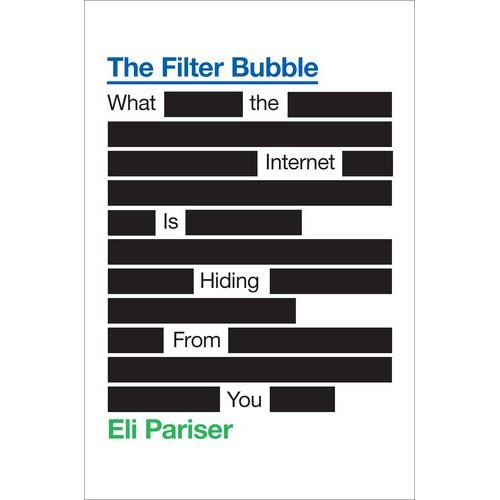Now Google, Microsoft, Facebook, all mean well. They want to help us. The filters-at-source are there to personalise service to us, to make things simple and convenient for us. The risks that Pariser and Zittrain speak of are, to an extent, unintended consequences of well-meaning design.

